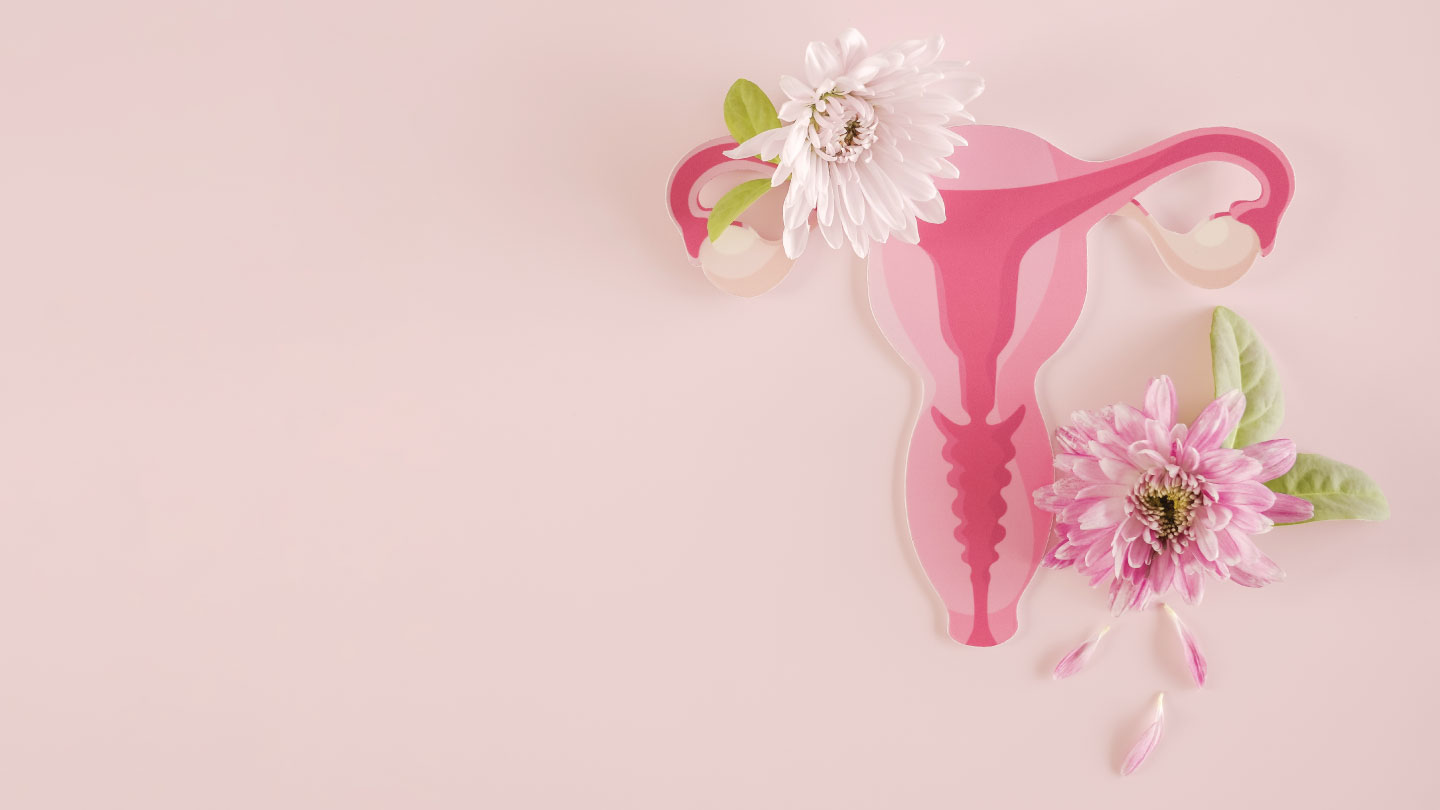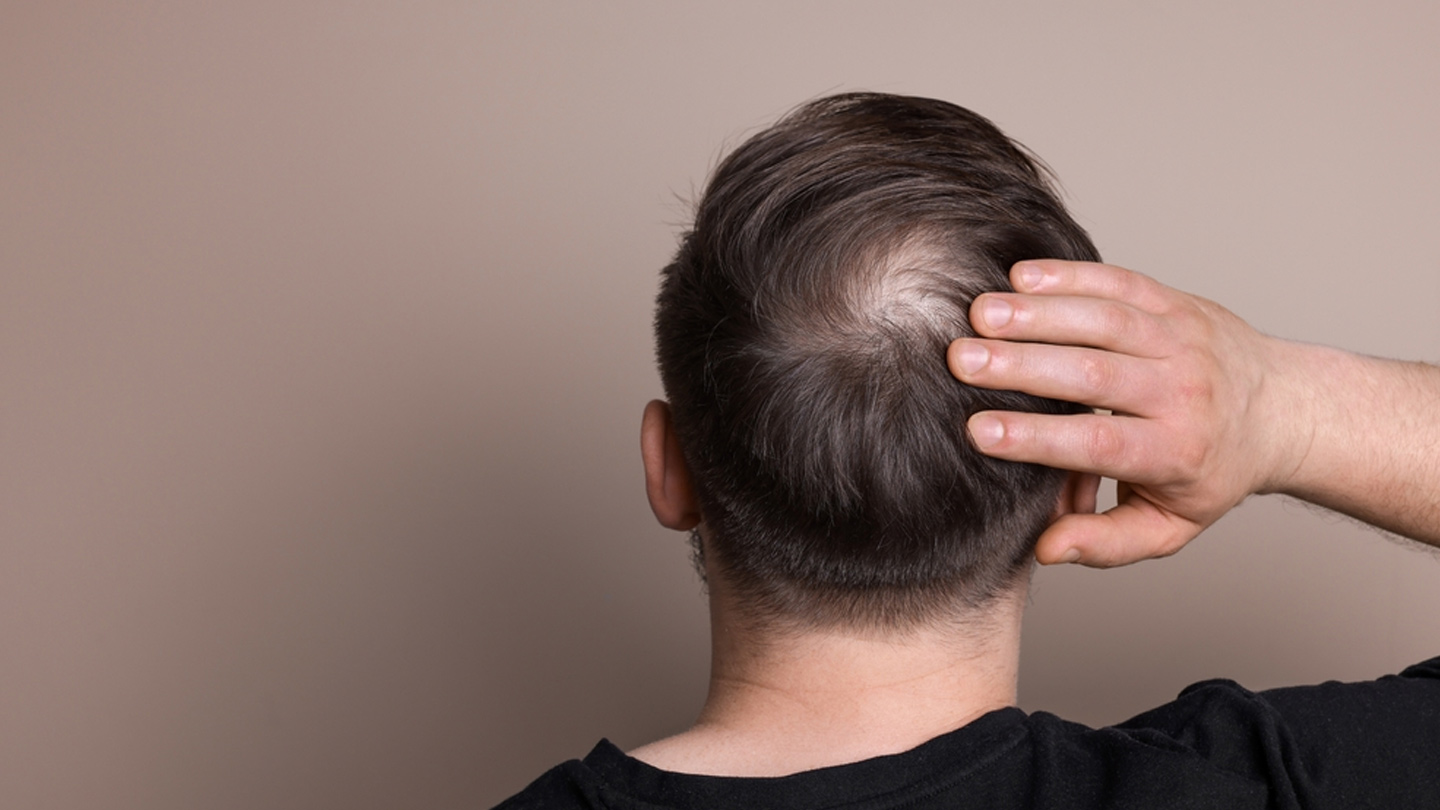Medical
Toxic Shock Syndrome—Why Menstrual Hygiene Matters
Serious infections like Toxic Shock Syndrome cannot be predicted, but simple hygiene measures can reduce the risk significantly. Here's what you need to know.

Ever wonder why every period product can only be used for a certain number of hours at a stretch, even with the lightest flow? Be it pads, tampons or menstrual cups, we are always warned that lack of proper hygiene harbours the risk of Toxic Shock Syndrome. What is it, exactly?
"Toxic Shock Syndrome (TSS) is a severe life-threatening bacterial infection caused mainly by the bacteria Staphylococcus aureus and in some cases Streptococcus group B," says Dr. Priyanka Sinha, consultant gynaecologist at Apollo Multi-speciality Hospital, Kolkata.
"It affects all age groups including men, women and children as it can result from open wounds, cuts and surgeries as well," reveals Dr. Sinha. A 2020 study published in The Lancet suggests that "the risk of menstrual TSS was associated with using tampons for more than 6 hours, overnight tampon use during sleep, and neither reading nor following tampon insertion instructions in case of reading". This also applies to improper usage of other menstrual and contraceptive products (diaphragm, cervical cap, contraceptive sponge), according to Dr. Sinha.
Though rare, the condition is serious and in some cases fatal. Therefore, it is crucial to maintain proper hygiene during medical procedures and periods. Moreover, taking prompt action in identifying and treating TSS can do wonders in a positive prognosis.
Related story: How To Use A Menstrual Cup—And Why
What causes menstrual Toxic Shock Syndrome?
While staph bacteria can enter a surgical wound, sore or burn injury through the opening of your skin, TSS is a little more complicated when it comes to cases of menstrual origin. Staph and strep bacteria are naturally occuring in vaginal flora. However, research suggests that menstrual products, high absorbent tampons in particular, provide favourable breeding grounds for such bacteria to release toxins when left in for too long. The toxins can then enter your body through microscopic tears on your vaginal wall caused by the friction of inserting said products.
&bsp;
What are some symptoms of Toxic Shock Syndrome?
- Sudden high temperature
- Flu-like
- Diarrhoea
- Rash resembling sunburn
- Redness of eyes
- Dizziness
- Confusion
- Breathing issues
Source: United Kingdom National Health Service
Is Toxic Shock Syndrome curable?
The thing about TSS is that it can appear abruptly and progress very rapidly if left untreated. "With early diagnosis and antibiotic treatment, full recovery is possible," says Dr. Sinha. However, in some cases, it can cause complications like shock, seizures, organ failure and may even lead to death.
While antibiotics can treat the infection, additional treatment includes giving oxygen, rehydration, blood pressure management and even surgery, says the United Kingdom National Health Service. In any case, patients of TSS might need to be hospitalised for a few weeks until they fully recuperate.
Prevention of Toxic Shock Syndrome
- According to Dr. Sinha, hygiene during your periods is very important. Whatever product you may be using (pads, tampons, menstrual cups etc), you must change/clean them as per instructions. Generally speaking, pads and tampons need to be changed every 4 to 6 hours and menstrual cups need to be emptied and washed every 8 to 12 hours.
- Always choose tampons with the lowest absorbency and alternate them with pads. "In case of low flow rate, use mini pads," says Dr. Sinha.
- Though TSS is not contagious, you can get it again if you have gotten it once. Avoid tampons and always consult a doctor if you can use certain menstrual or barrier contraceptive products (like diaphragm).
- Your vaginal area is self-cleansing, but your hands are not. Wash your hands thoroughly before and after changing products. Keeping your nails trimmed can avoid cuts or transfer of bacteria.
- You must take prompt action in case of wounds and burns. In case of any infection, swelling, redness etc, get medical advice.
Related story: Your No-nonsense Guide To Vulvar And Vaginal Care
EXPLORE MORE
Struggling to conceive with PCOS? The problem isn’t you, it’s PCOS. Here’s what to know.
A sprain isn’t “just a sprain.” Here’s what your ankles wish you knew.
Your body whispers before it screams. Here are the early heart disease warning signs most people overlook until it’s too late.
Baldness isn’t just about ageing; it’s a complex condition influenced by biology, habits, and health. Understanding it is the first step toward managing it.








.jpg)

